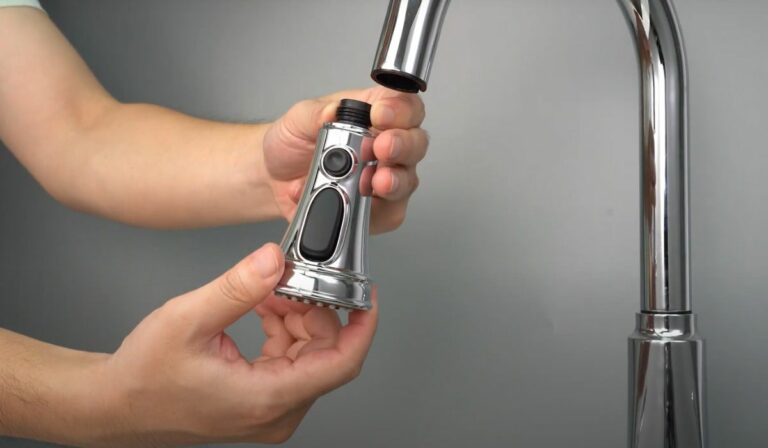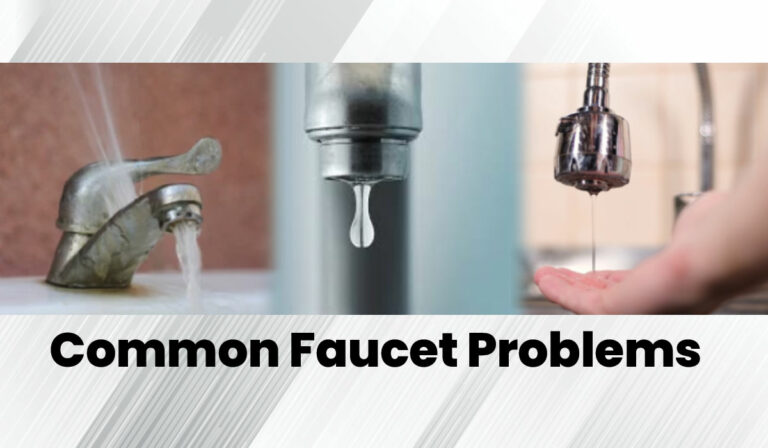How To Snake A Kitchen Sink
Clogged kitchen sinks are a common household nuisance that can disrupt your daily routine. Learning how to snake a kitchen sink yourself not only saves you time and money but also empowers you to tackle minor plumbing issues confidently. This guide walks you through everything you need to know, from understanding when snaking is necessary to mastering the technique with the right tools and safety in mind.
Understanding The Need To Snake A Kitchen Sink
A kitchen sink clog usually forms when food particles, grease, soap scum, or other debris accumulate in the drainpipe, restricting water flow. Unlike simple blockages that can be cleared with a plunger or chemical drain cleaner, more stubborn clogs require mechanical intervention. That’s where snaking comes in, a method to physically break up or pull out the obstruction using a specialized tool called a drain snake or auger.
You might notice signs such as slow drainage, gurgling sounds, or unpleasant odors coming from your sink. If these symptoms persist even though normal fixes, snaking is often the next effective step before resorting to calling a plumber. Understanding when and why to snake your kitchen sink prevents further damage and helps maintain your plumbing system’s health.
Essential Tools And Materials Required
Before diving into snaking your kitchen sink, it’s essential to gather the right tools to ensure the job goes smoothly. Here’s what you’ll need:
- Drain snake (hand auger): A flexible coiled wire designed to reach deep into your drain to dislodge clogs.
- Bucket: To catch any water or debris that might spill when removing the trap.
- Adjustable wrench or pliers: For loosening plumbing connections.
- Rubber gloves: To protect your hands from grime and plumbing chemicals.
- Towels or rags: For cleaning up any spills.
- Flashlight: Helpful for inspecting dark drain areas.
Having these materials on hand not only makes the process more efficient but also safeguards against potential messes or injuries. Investing in a quality drain snake will serve you well for future plumbing maintenance.
Step-By-Step Guide To Snaking A Kitchen Sink
Preparing The Area And Safety Precautions
Start by clearing the area beneath your sink for easy access. Lay down towels or newspapers to catch spills. Always wear rubber gloves to protect your skin, and ensure good lighting to see the plumbing clearly. Avoid using chemical drain cleaners immediately before snaking, they can cause injury or damage the snake.
Locating The Drain And Removing The Stopper
Identify the sink’s P-trap, the curved pipe underneath the sink that traps debris. Place a bucket underneath to catch water, then use your wrench to loosen the slip nuts on both ends of the trap. Remove the trap carefully and inspect it for visible clogs. Sometimes simply clearing the trap can fix the issue. If the P-trap is clear, proceed to the next step.
Using The Drain Snake Properly
Insert the end of the drain snake into the drain pipe leading from the sink. Rotate the handle clockwise as you push the snake deeper into the pipe. You’ll feel resistance when you reach the clog, continue turning to break it up or hook onto it. Carefully pull the snake back out, bringing debris with it. Repeat as necessary until the snake flows freely and resistance eases.
Cleaning And Testing The Drain
After snaking, reattach the P-trap securely and remove the bucket. Run hot water down the drain to flush out any residual debris. Observe the drain for smooth water flow and listen for any unusual sounds. If water drains quickly and without gurgles, you’ve successfully cleared the clog.
Common Challenges And How To Overcome Them
Even with the best preparation, you might encounter obstacles while snaking your kitchen sink. Here are common issues and tips for overcoming them:
- Snake won’t advance: The pipe may have a sharp bend or a valve blocking progress. Try gently rotating and applying slight pressure but avoid forcing it to prevent pipe damage.
- Frequent snaking needed: Persistent clogs often indicate grease buildup or foreign objects lodged deeper in the pipe. Consider thorough cleaning or professional inspection.
- Trap is corroded or stuck: Old metal traps can seize up. Use penetrating oil to loosen nuts or consider replacing corroded parts for better function.
- Drain smells linger: Snaking might not remove slime or residue fully. Follow up with a biodegradable enzymatic cleaner for a fresher drain.
Being patient and cautious while troubleshooting will save you time and prevent accidental damage.
When To Call A Professional Plumber
Sometimes, even though your best efforts, kitchen sink clogs persist or worsen. Here are indicators that it’s time to consult a professional:
- Water backs up into multiple fixtures, suggesting a mainline issue.
- Snaking fails to clear the drain after repeated attempts.
- You detect leaks or damage when handling pipes.
- Frequent clogs occur even though maintenance.
- Unusual sewer odors or gurgling sounds continue.
Professional plumbers have specialized equipment like motorized augers and cameras to diagnose and resolve complex plumbing problems effectively and safely. Investing in their expertise can prevent costly repairs down the line.
Preventive Maintenance Tips To Avoid Future Clogs
Preventing sink clogs is often easier than fixing them. Here are actionable tips to keep your kitchen drain clear:
- Avoid pouring grease or oil down the drain: Instead, collect them for proper disposal.
- Use drain strainers: These catch food particles and prevent them from entering your pipes.
- Run hot water regularly: This helps dissolve and flush away mild grease buildup.
- Clean the drain with baking soda and vinegar: Monthly treatments break down residues naturally.
- Dispose of coffee grounds and fibrous foods carefully: These can accumulate and cause blockages.
A little attention to what goes down your drain and periodic maintenance can dramatically prolong your plumbing system’s lifespan.
Conclusion
Knowing how to snake a kitchen sink equips you with a practical skill that saves you frustration and money. With the right tools, safety precautions, and methodical approach, you can tackle most common clogs effectively. Remember that some plumbing issues require professional intervention, so don’t hesitate to call in help when needed. By combining timely snaking with diligent preventive care, you can keep your kitchen sink running smoothly for years to come.


